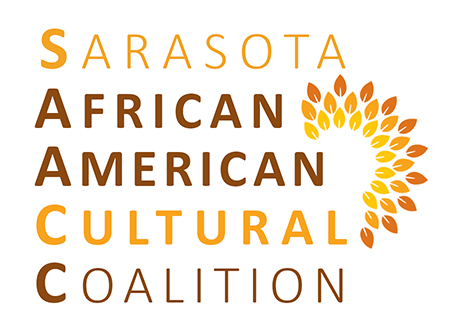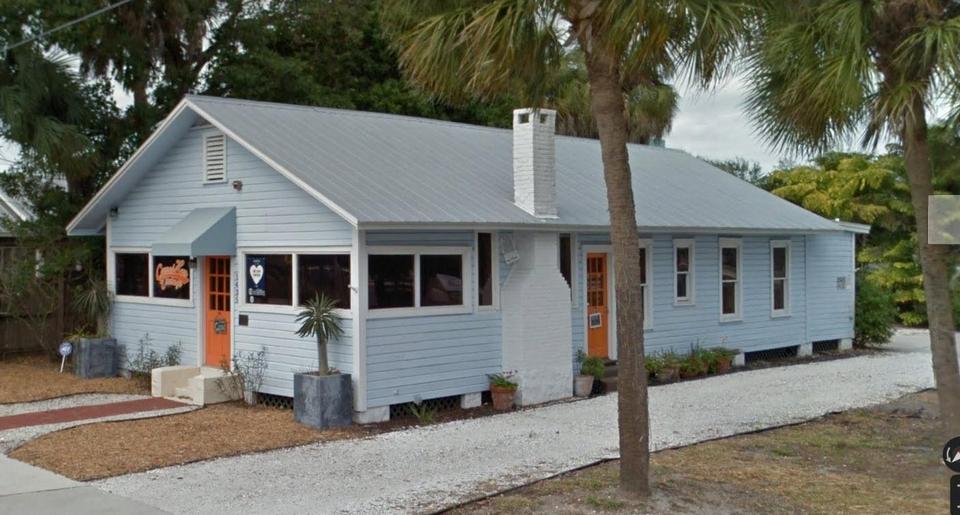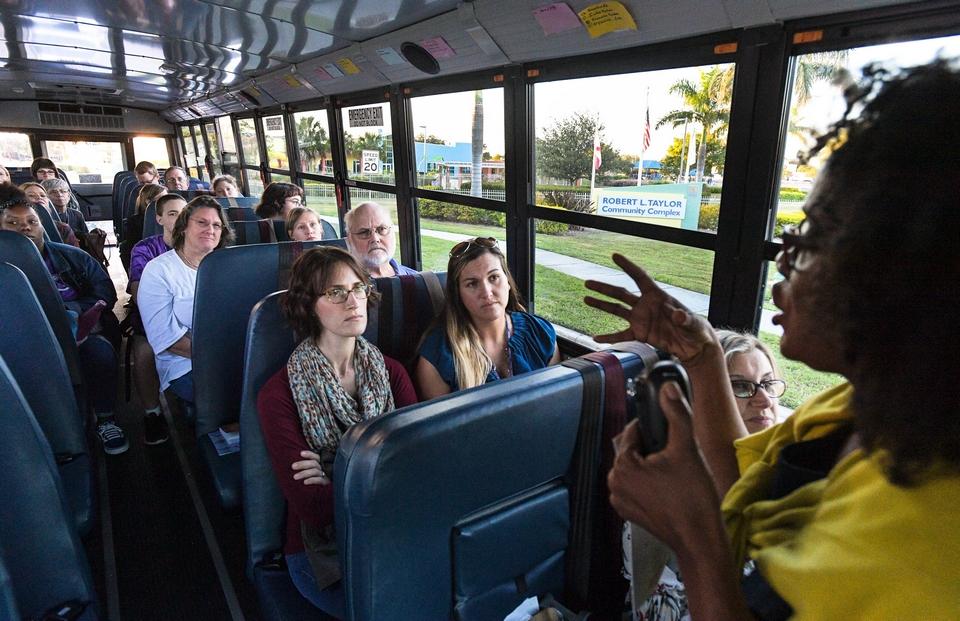The Leonard Reid home will be moved from the Rosemary District to city land in Newtown to become the beginnings of the Sarasota African American Cultural Center.
It’s not every day you bring together a governmental agency, a developer and two organizations focused on historic preservation and cultural celebration and walk away with a deal that’s satisfying to everyone.
But that’s exactly what happened last week when the city of Sarasota, developer John Hermansen, Newtown Alive and the Sarasota African American Cultural Coalition (SAACC) reached an agreement to move a historic house to the Dr. Martin Luther King Way corridor in Newtown to serve as the starter home of Sarasota’s first center honoring the legacy and impact of its Black community.
City commissioners, who voted unanimously for the purchase of nearly two acres at MLK and North Orange Avenue where the house will reside, were happy to envision a destination likely to provide an economic boost to the city’s predominantly African American neighborhood.
Hermansen, eager to develop the plot at Seventh Street and Cohen Way where the house now sits, was so happy to find a suitable site for the historic structure that he offered to bear the cost of moving it.
SAACC board members were happy to see their vision of a physical space in Newtown to exhibit, explore and celebrate Sarasota’s Black heritage, culture and arts coming to fruition much sooner than anticipated.
And Vickie Oldham — a Newtown native who returned from Atlanta in 2015 for a temporary respite, but stayed to become the one-woman force behind Newtown Alive’s documentation of local Black history — was ecstatic to witness what seemed like a serendipitous collision of that effort and the country’s current conversation about race.
“I thought there would always be a remnant of people interested in our history, but I never dreamed the country would be going through the transition and awakening it’s now experiencing,” said Oldham, who, with the city’s support of Newtown Alive, has gathered written and oral histories from Newtown residents and created a walking trail of historic markers, trolley car tours, and a book and website over the past five years. “My heart bleeds for what had to occur for us to get to this point, but it’s as if this is the perfect moment and it was always meant to be.”
Several steps remain for the arrangement to be finalized. The city will not close on seven contracted parcels until Aug. 14; a lease agreement must be negotiated between SAACC and the city; and the historic preservation board must approve moving the former family home of Leonard Reid from the Rosemary District.
However, none of the parties envision obstacles and the project meshes nicely with a $50,000 grant the city recently received from the National Parks Service’s Underrepresented Communities Program to help establish a Newtown Conservation Historic District.



